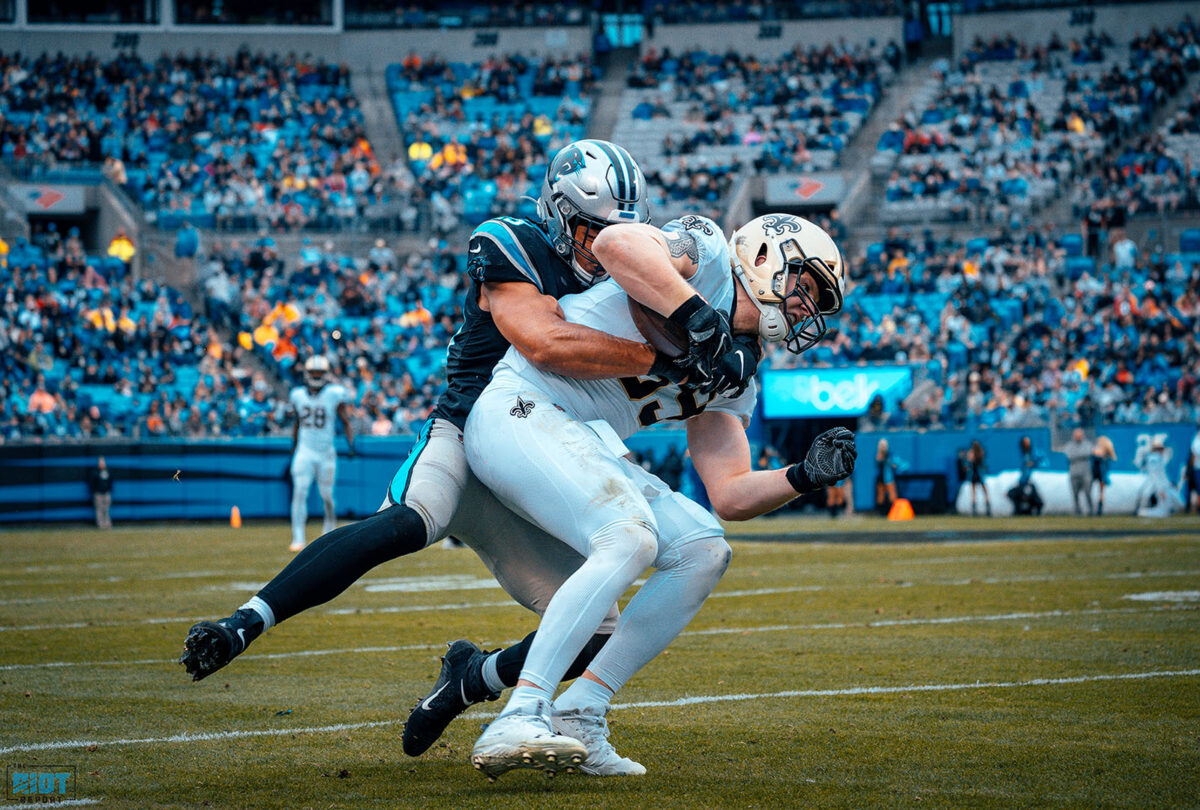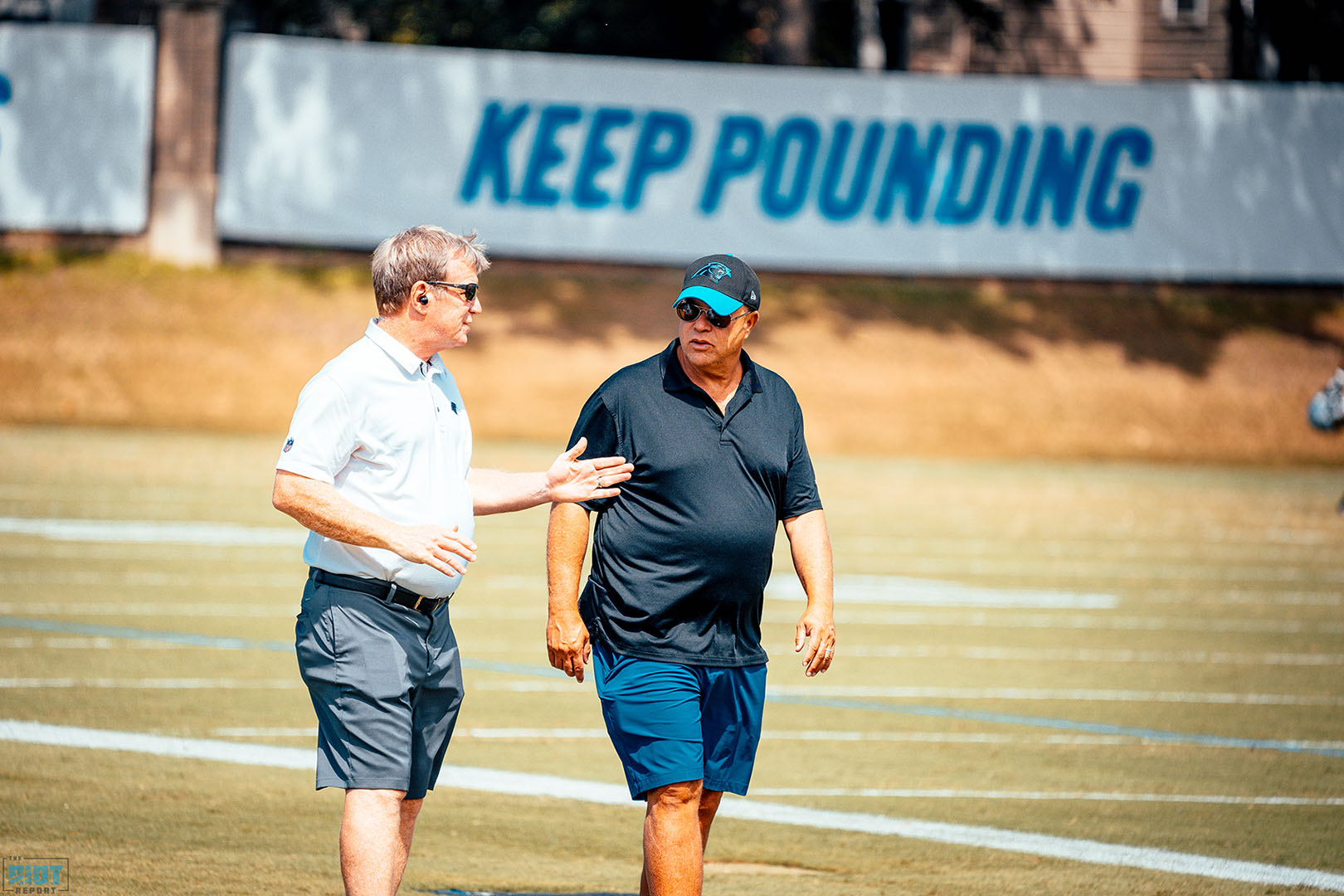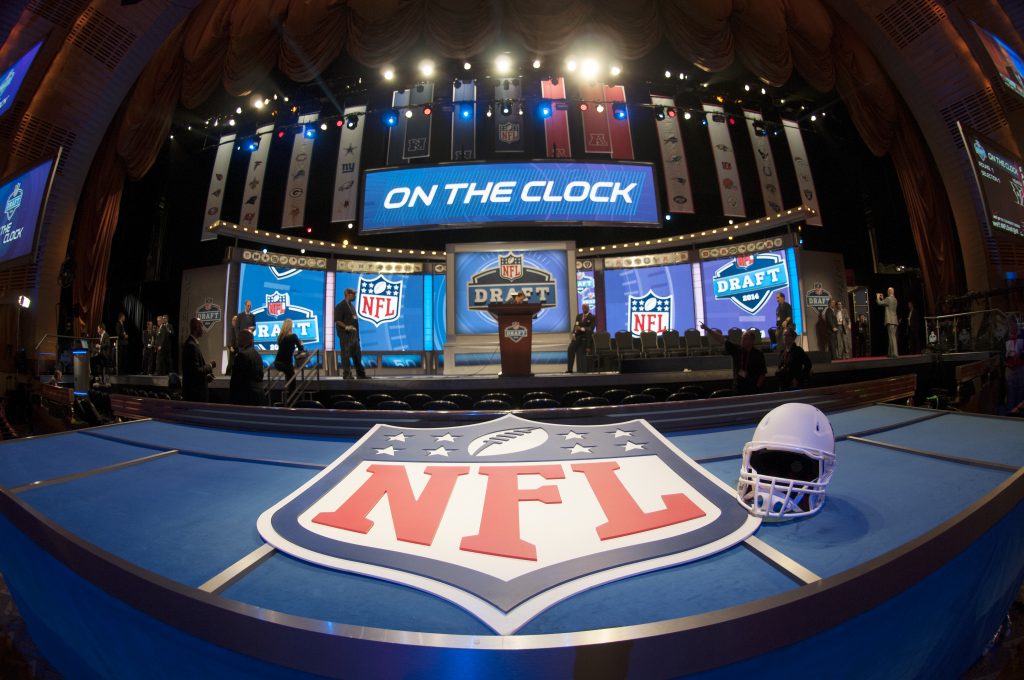A couple of years ago, I wrote about how difficult it was to actually hit on draft picks – at the time the hit rate I came up with was 53% for first rounders. Now, with a couple more years of game time for players to regress to their respective means (both positively and negatively), and with a little bit more time to delve a bit deeper into the data, it seems like a good time to revisit the data.
If you thought 53% was a low number, it didn’t get any easier.
Methodology and Rationale
As there is no objective method of determining a successful NFL draft pick, I shall once again be using PFR’s Approximate Value stat to determine success. This is, of course, far from perfect – AV essentially looks to incorporate a mixture of raw statistical production and playing time. A more thorough analysis would require an alternative quantitative assessment – or would be purely qualitative – but in the absence of a universally accepted player value stat, this is what we have to work with.
In this analysis, I will set two different standards, and explore how many players meet these two different levels. The first standard is that of an average AV per year of five or higher. This isn’t exactly a super high bar – any player who has been a regular starter over their career should reach this level – but this is going to be used simply to measure the bust rate, i.e. the number of players who can be seen as clear failures.
For instance, last season both Bruce Irvin and Eric Reid had an AV of five – both were regular starters, but neither were Pro Bowlers.

The other standard I am going to employ is that of an AV-per-year of seven or more – this correlates more to being a good NFL starter and so this is going to be used to judge the number of successful NFL draft picks, rather than just those who aren’t bad. Of course, this is especially relevant to players selected higher in the first round, where the expectation should be higher.
In their rookie seasons, DJ Moore had an AV of eight while Brian Burns had a four – the large difference in playing time and usage probably being the culprit.
The data below is grouped in several different ways, by position, by year and by pick number. There are likely to be clear variations between years due to the varying quality of draft classes – and there should be a general decrease in success rate with draft picks if teams are even vaguely effective at evaluating talent. The variation with position should, however, provide some insight into how effectively teams are able to take positional value into account, though as there are far more picks at some positions than others, the data on position groups with fewer first round selections is going to be more prone to individual team errors.

I will once again be looking at data on players drafted between 2011 and 2017 – the same as in the last study – but will also compare this with data from the past two drafts, though here, the limited playing time is likely to lead to a higher level of error – see Brian Burns, above, who wouldn’t be classified as a bust after one season, certainly. But if he were to play 43% of the snaps the next three seasons, that classification might change…..
Up Next: Let’s Get To The Numbers



